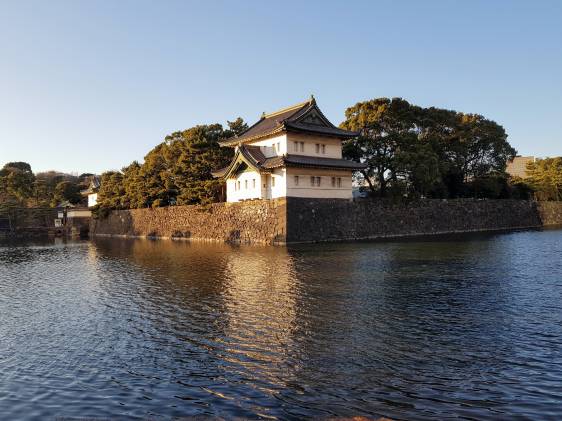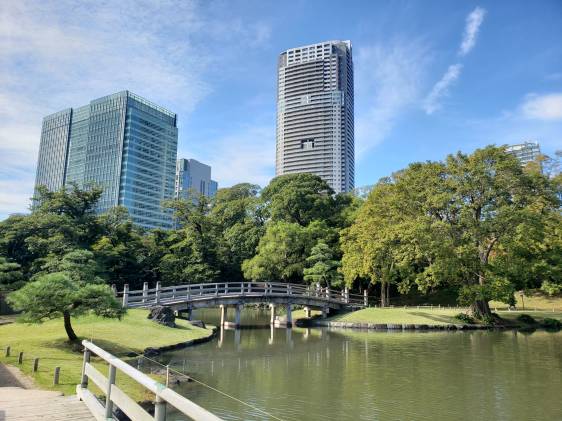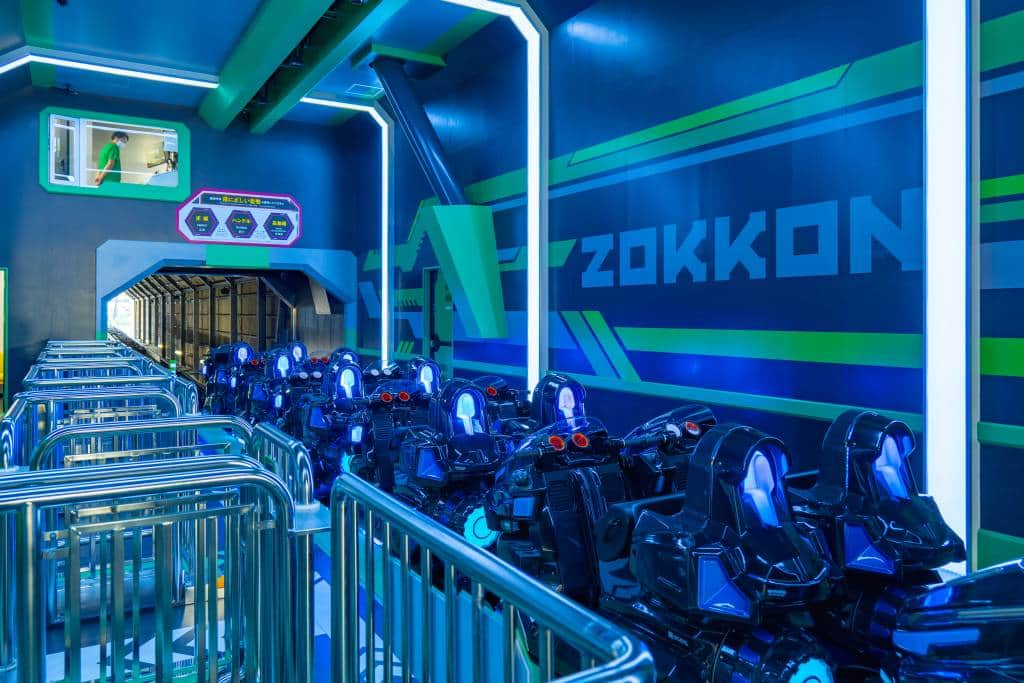One important thing to know about cherry blossoms is that there are several kinds. According to the forecasts, cherry blossom season is quite short — from late March to early April. But that’s just the Somei Yoshino variety we’re talking about. Hanami forecasts usually don’t cover the early or late-blooming cherry trees, which are also beautiful.
The most common and iconic type of sakura is the Somei Yoshino, which has white or pale pink five-petaled blossoms. When meteorologists make cherry blossom forecasts, they’re referring to the Somei Yoshino variety. If you’re visiting Japan in mid- or late April, don’t despair — there should still be cherry blossoms for you to see in Tokyo. That’s where the yaezakura comes in.
What does yaezakura mean?

Yaezakura, which means “multi-layered cherry blossom,” is a catch-all term for cherry blossoms with more than five petals. Starting to bloom in mid- to late April, yaezakura have petals that range from light to dark pink. Because of the double layers of petals, they’re known as a symbol of strength — in comparison to the delicate Somei Yoshino. This also probably explains why they’re the type of cherry blossoms that are picked for preservation and processing.
They sometimes resemble peonies, so some people also call them botan-zakura, botan being the Japanese word for peony.
Common yaezakura varieties
- Kanzan: A common type of yaezakura, which has anywhere from 30 to 50 dark pink petals.
- Ichiyō: Another common yaezakura, with about 20 light pink petals on each blossom.
- Fugenzō: The oldest variety, with petal colors ranging from white to dark pink.
- Shogetsu: Typically has 20–30 white petals.
- Kikuzakura: Literally “chrysanthemum cherry blossom,” these can have up to 100 petals (which are light pink and not yellow like a chrysanthemum’s).
- Yaebenishidare: A type of weeping cherry tree that has 15 to 20 petals.
If you want to learn more about the different kinds of cherry blossoms we have a whole guide on that.
Where to see late-blooming cherry trees in Tokyo
Here are some places in Tokyo where you can see yaezakura. Since the blooming of yaezakura isn’t as celebrated as that of the Somei Yoshino, don’t expect anything like festivals. Hanami parties for yaezakura aren’t all too common, either. But hey, they’re still cherry blossoms! They may not look exactly like the cherry blossoms you see in anime, movies, and dramas, but are they any less beautiful? We don’t think so!
Asukayama Park

One of Tokyo’s oldest hanami spots, Asukayama Park may be known more for Somei Yoshino trees, but look out for their yaezakura as well. These start blooming about a week after the cherry blossoms reach full bloom. They’ve got about 180 yaezakura trees.
Asukayama Park

Imperial Palace Gardens

Aside from having Somei Yoshino trees, the vast Imperial Palace East Gardens are known to have the kanzan variety of yaezakura. Not too far from there, Kōkyo Gaien National Garden also has around 20 ichiyō cherry trees along a path with benches underneath the blossom to enjoy. Both should be in full bloom by mid-April.
Imperial Palace

Shinjuku Gyoen National Garden
With close to 70 kinds of cherry blossoms and about 1100 cherry trees, Shinjuku Gyoen — one of Tokyo’s most famous hanami spots — has around 20 varieties of yaezakura as well. For starters, they’ve around 200 trees with ichiyō blossoms in the English Landscape Garden.
Shinjuku Gyoen National Garden

Students: ¥250
Seniors: ¥250
Hamarikyū Gardens
This quiet garden is a breath of fresh air in Shiodome, primarily a business district. Its greenery is a pleasant sight amidst the tall buildings surrounding it, and it’s known for its yaezakura. Hamarikyu also has a teahouse overlooking its pond, where you can appreciate nature in peace.
Hamarikyū Gardens

Ueno Park

You can count on Ueno Park to have different kinds of cherry trees — it’s not one of Tokyo’s most popular hanami spots for nothing! Ichiyō and kanzan are just some of the yaezakura varieties that you can see here.
Ueno Park

Chidorigafuchi Park
While its cherry blossom festival will be over by the time the yaezakura bloom, Chidorigafuchi has a few of the late-blooming cherry trees among its 170 trees. This stretch along the Imperial Palace moat gets extremely crowded at the peak of cherry blossom season, so if you want a quiet, peaceful stroll, go to Chidorigafuchi for some yaezakura, instead.
Chidorigafuchi Park

Sakura-shinmachi
SetagayaAccess: Sakura-Shinmachi Station (Tokyu Den-en-toshi Line)
As the name implies, this shotengai (shopping street) in Setagaya is lined with cherry trees. There are about 200 mom-and-pop shops here, so if you want to support local businesses, this is one of the places to go — and then you can admire the cherry blossoms while taking a break from shopping.
Kinuta Park
If Sakura-shinmachi appeals to you, you might as well combine it with a visit to the relatively nearby Kinuta Park. This place doesn’t really do public transport, so it’s either a 20-minute walk to the northwest of Yōga Station or a 30-minute walk to the west of Sakura-shinmachi. Despite being a little out of the way, it’s a popular hanami spot that is famed for its late-blooming yaezakura.
Kinuta Park

While we do our best to ensure it’s correct, information is subject to change. Post first published in March 2015. Last updated March 2023.



























